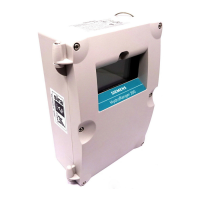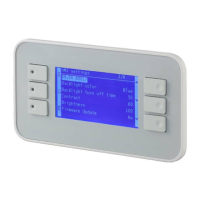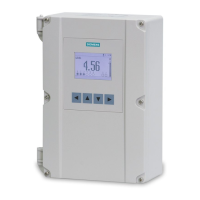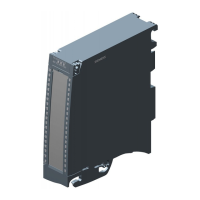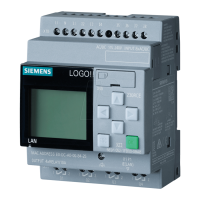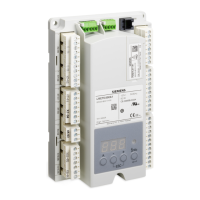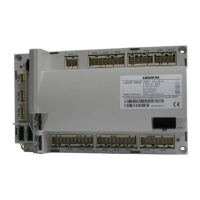Configuring the wireless AP
A31003-W1040-U101-1-7619, July 2006 DRAFT
96 HiPath Wireless Controller, Access Points and Convergence Software V4.0, C10/C100/C1000 User Guide
hwc_apstartup.fm
Modifying wireless AP settings
6. In the Add box, type the IP address of the HiPath Wireless Controller that will control this
wireless AP.
7. Click Add. The IP address is added to the list.
8. Repeat steps 5 and 6 to add additional HiPath Wireless Controllers.
9. Use the Up and Down buttons to modify the order of the controllers. The maximum is three
controllers.
The wireless AP attempts to connect to the IP addresses in the order in which they are
listed. The wireless AP is successful when it finds a HiPath Wireless Controller that will
allow it to register.
This feature allows the wireless AP to bypass the discovery process. If the Wireless
Controller Search List box is not populated, the wireless AP will use SLP to discover a
HiPath Wireless Controller.
The DHCP function for wireless clients must be provided locally by a local DHCP server,
unless each wireless client has a static IP address.
10. To save your changes, click Save.
5.5.6 Configuring Dynamic Radio Management
The Dynamic Radio Management (DRM) feature for the wireless AP is enabled by default. The
DRM feature:
● Adjusts power levels to balance coverage if another wireless AP, which is assigned to the
same SSID and is on the same channel, is added to or leaves the network.
● Allows wireless clients to be moved to another wireless AP if the load is too high.
● Scans automatically for a channel, using a channel selection algorithm.
● Avoids other WLANs by reducing transmit power whenever other APs with the same
channel, but different SSIDs are detected.
>
For first-time deployment of the wireless AP for static IP assignment, (a branch
office scenario is an example of a setup that may require static IP assignment),
it is recommended to use DHCP initially on the central office network to obtain
an IP address for the wireless AP. Then enter these values in the Static
Configuration tab for this wireless AP and save the configuration. Since APs
ship from the factory with DHCP mode enabled by default, the APs require the
assistance of a local DHCP server to obtain its initial IP address. The AP can
then register with the controller, at which point it can receive the proper static
definition parameters and be moved to its target location if necessary.

